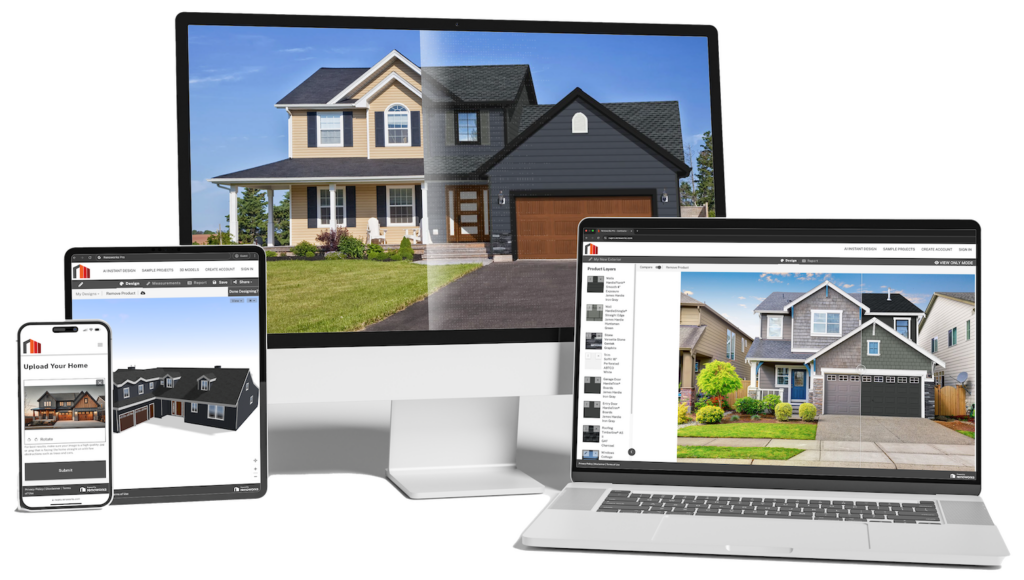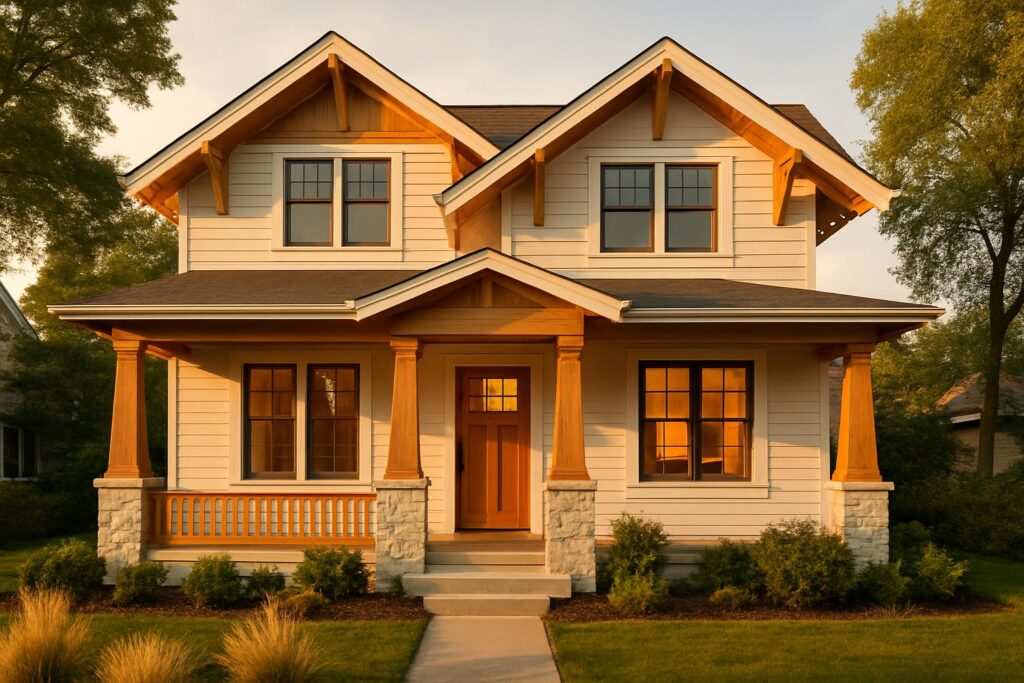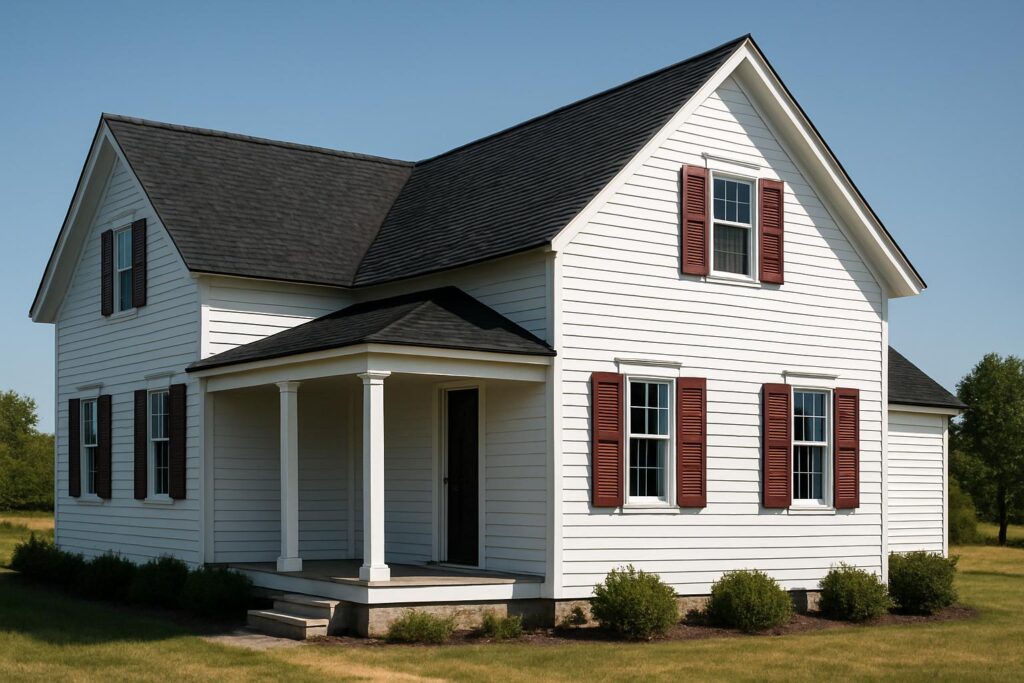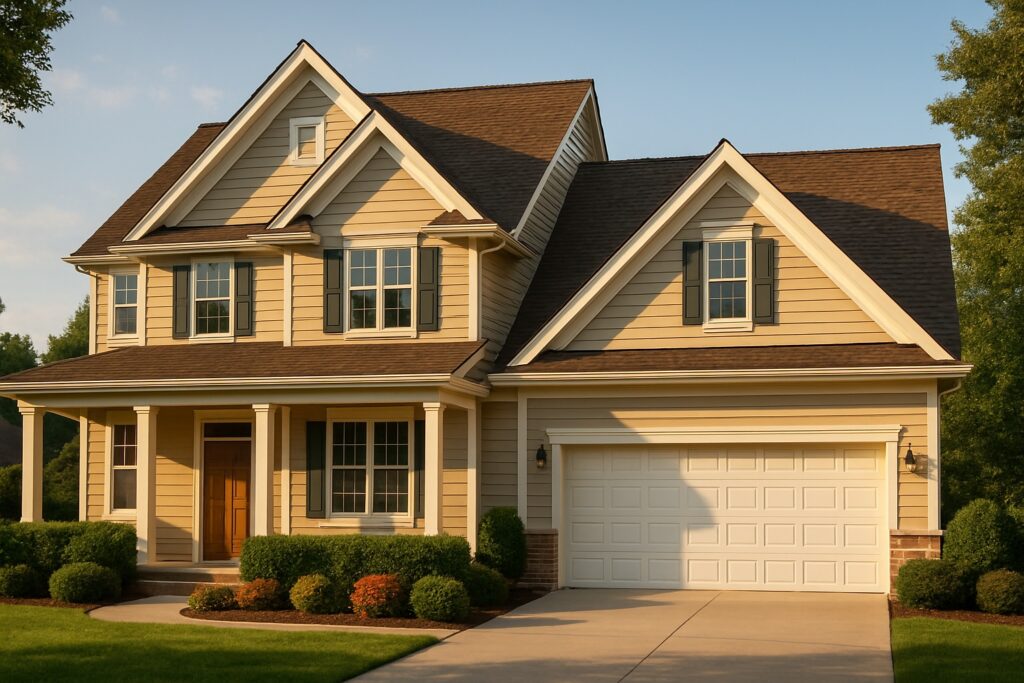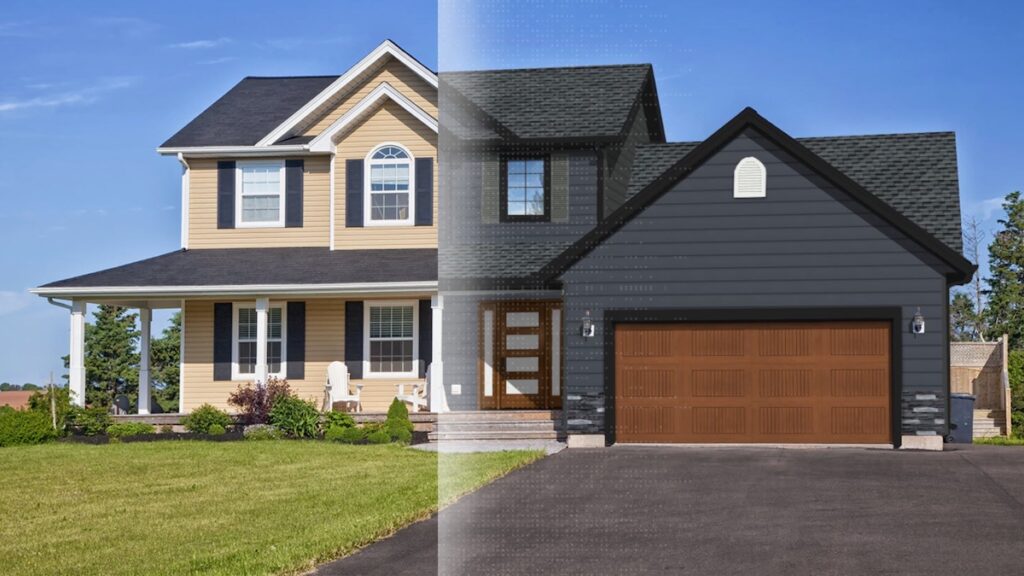Listen Now: What Are the Best Siding Options?
TLDR
Looking for the best siding on houses that fits your home, climate, and budget? We break down 9 top-performing options—from budget-friendly to high-end—to help you choose with confidence.
Vinyl Siding: Affordable, low-maintenance, and highly customizable
Fiber Cement: Fire-resistant, weatherproof, and built to last
Wood Siding: Timeless appeal with natural warmth
Brick Siding: Long-lasting and value-boosting
Metal Siding: Sleek, modern, and ultra-durable
Stone Veneer: High-end look without the high-end cost
Engineered Wood: Real wood vibes with added resilience
Stucco: Ideal for hot climates with southwestern charm
Insulated Vinyl: Energy efficiency meets curb appeal
Not sure which siding is right for your home? Try them on with our home siding visualizer and see what each option looks like before you decide.
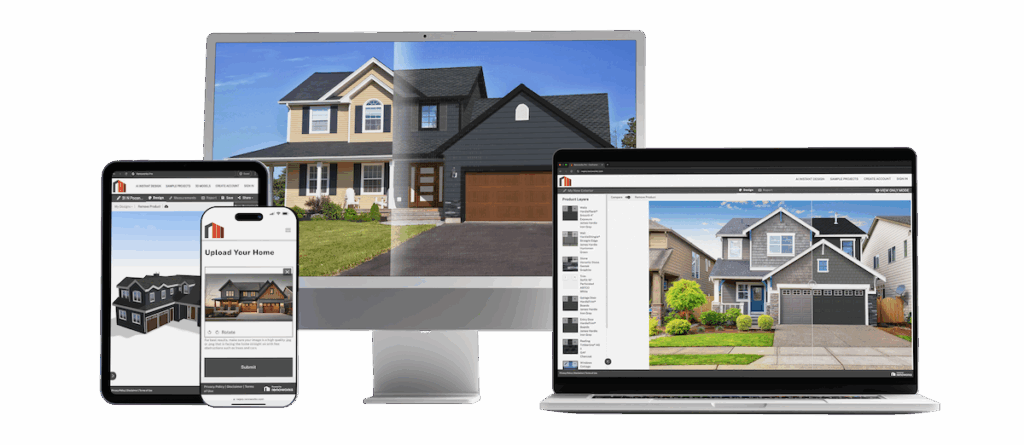
Ever walked past a house and felt an inexplicable charm, as if the walls whispered stories of warmth and comfort? That’s often the magic of well-chosen siding. Imagine your home not just standing strong against weather but also turning heads with its impeccable style. Siding does more than protect; it transforms.
Understanding House Siding
House siding‘s a critical element that not only protects but also beautifies your home. It creates the first impression and can significantly enhance curb appeal.
Definition And Purpose Of House Siding
Siding refers to the material applied to exterior walls, shielding them from weather elements like rain, wind, and sun. Its primary purpose is protection; however, it also contributes aesthetically by offering various textures and colors for design versatility.
Key Considerations When Selecting Siding
Climate. The local climate plays a significant role in choosing siding materials. For example:
Vinyl Siding: Suitable for moderate climates.
Fiber Cement Siding: Ideal for areas with extreme temperatures or humidity.
Aesthetic Preferences. Your home’s style dictates suitable siding options:
Traditional Homes: Wood siding or brick siding may complement classic designs.
Modern Homes: Metal or composite sidings offer sleek finishes.
Budget. Different materials come at varied costs:
Material | Average Cost (per sq ft) |
Vinyl Siding | $2 – $7 |
Wood Siding | $5 – $10 |
Fiber Cement Siding | $4 – $9 |
Considering these factors ensures you select the best-suited house siding within budget constraints while meeting aesthetic preferences.
The Different Types of Siding
Vinyl Siding
Vinyl siding is a popular choice for many homeowners. It offers durability and affordability, making it an attractive siding option for those looking to enhance their home’s exterior without breaking the bank. According to the U.S. Census Bureau’s Survey of Construction (SOC), vinyl has been the most common type of siding on new single-family homes since 1995.
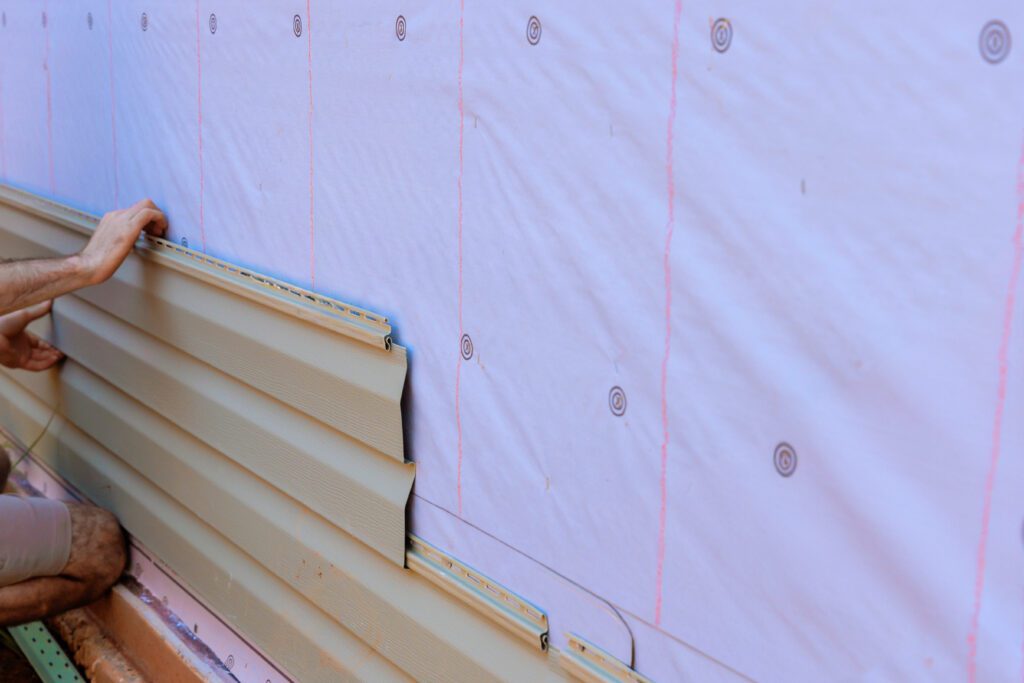
Pros & Cons of Vinyl Siding
Pros:
Durability: Resistant to pests like termites and won’t rot or warp.
Low Maintenance: Requires minimal upkeep; usually just occasional cleaning.
Cost-Effective: Generally cheaper than wood or fiber cement options.
Energy Efficiency: Can be paired with insulation backing for better thermal performance.
Cons:
Environmental Impact: Manufacturing process isn’t eco-friendly due to PVC production emissions.
Appearance Over Time: Color may fade when exposed consistently to sunlight over years without UV protection.
Repair Challenges: Damaged sections often need full panel replacements since patching can be difficult.
Ideal Homes And Styles
Vinyl siding suits various home styles—from traditional colonial houses to modern minimalist designs. If you’re into vibrant colors or classic neutrals—you’ll find options aplenty thanks to advanced manufacturing techniques offering diverse textures and patterns through molds or extrusion processes.
It works exceptionally well on suburban family homes where durability against weather elements matters most without compromising curb appeal—a crucial factor if resale value concerns you down the line.
Wood Siding
Wood siding offers a classic, timeless appeal that many homeowners love. It’s versatile and comes in various styles like clapboard, shingles, or board-and-batten. Each style brings its own unique charm to your home’s exterior.
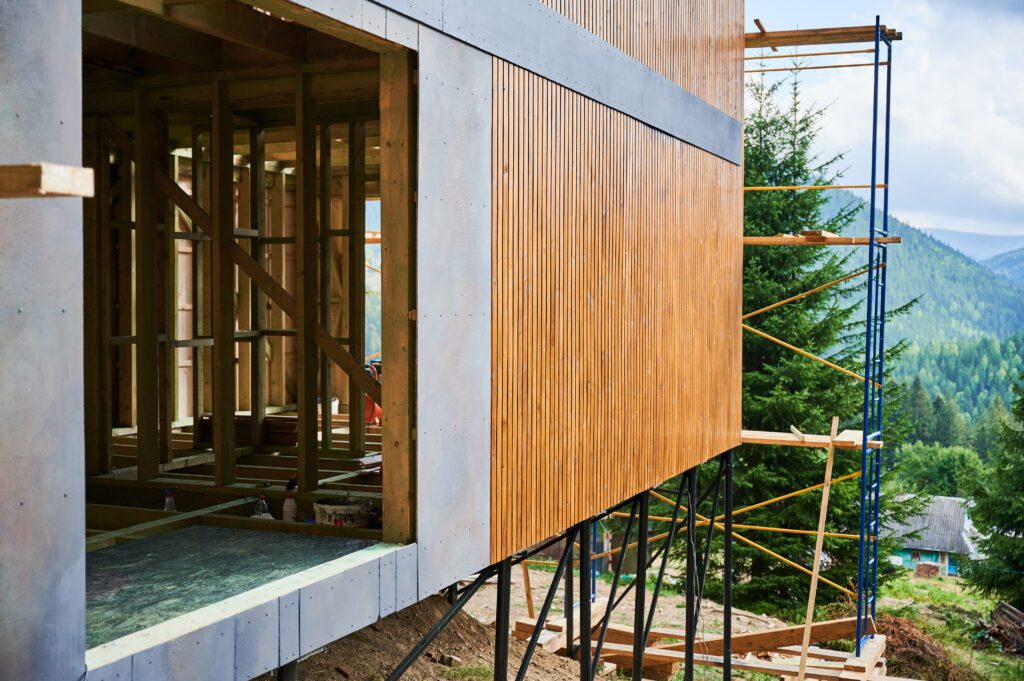
Pros & Cons of Wood Siding
Pros:
Aesthetic Appeal: Wood’s texture and grain give unique character.
Versatility: Easily customizable with paint or stain.
Eco-Friendly Options: Sustainable choices like cedar are available.
Cons:
Maintenance Needs: Requires regular upkeep to prevent rot and insect damage.
Costly Repairs: Damaged wood sections can be expensive to fix or replace.
Types Of Wood Siding
Clapboard (Bevel):
- Horizontal boards overlapped
- Popular in traditional homes
Shingles/Shakes:
- Individual pieces create textured surfaces
- Ideal for rustic looks
Board-and-Batten:
- Vertical planks with narrow battens covering seams
- Common in farmhouse styles
Ideal Homes and Styles
Different types of homes benefit from different styles of wood siding:
Cottages & Cabins often look best with rough-cut timber or log-style siding because these options blend seamlessly into rustic settings.
For more modern designs like minimalist urban houses or contemporary builds, consider using sleek shiplap boards painted white—or even black—for striking contrast against clean lines.
Colonial-style homes typically use clapboard made from either cedar shingles stained various shades—historically accurate yet timeless aesthetics!
Fiber Cement Siding
You might be wondering what makes fiber cement siding stand out among other options. This material mimics the appearance of wood but doesn’t have the same vulnerabilities to pests or rot. Its composition includes Portland cement mixed with ground sand and cellulosic fibers derived from plant extracts.
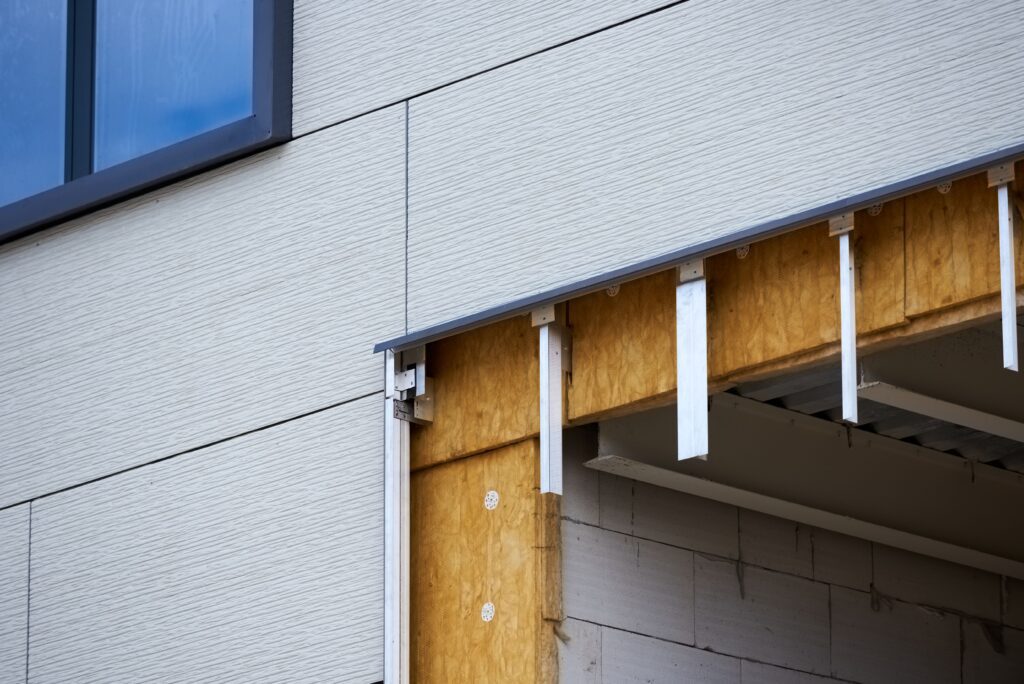
Pros & Cons of Fiber Cement Siding
Pros:
Durability: Fiber cement resists damage from termites and moisture.
Fire Resistance: It’s non-combustible which adds an extra layer of safety.
Low Maintenance: Unlike wood that needs regular upkeep; it requires minimal maintenance after installation.
Aesthetic Versatility: Available in various textures like smooth or wood-grain finishes providing aesthetic flexibility.
Cons:
Costly Installation: Labor-intensive process can increase initial costs compared to vinyl or aluminum siding examples.
Weight Issues: Heavier than alternatives making handling during installation more challenging without proper equipment.
Ideal Homes and Styles
Modern homes benefit greatly from fiber cement’s clean lines and versatile designs fitting minimalist aesthetics perfectly while maintaining structural integrity under diverse climates across regions. From humid areas near coasts where mold growth pose issues (mitigated by moisture–resistant properties inherent within fiber cement) to colder places experiencing freeze-thaw cycles which cause cracks in less robust sidings (yet handled efficiently with fiber cement due to stronger formulation elements).
Stone Veneer Siding
Stone veneer siding offers a stylish and durable option for your home’s exterior. Stone veneer siding is crafted from thin layers of real or manufactured stone. It’s designed to replicate traditional masonry while being lighter and easier to install. This type of siding can be applied over wood, brick, or concrete surfaces using various installation methods like mortar-based systems or mechanical fasteners.
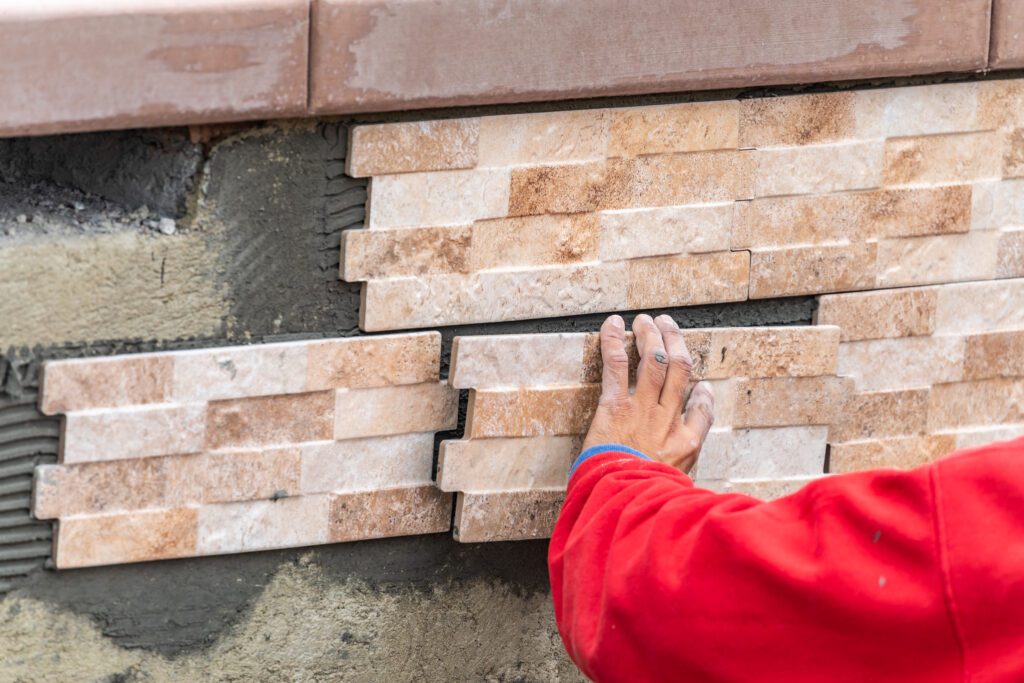
Pros & Cons to Stone Veneer Siding
Pros:
Aesthetic Appeal: Offers the timeless beauty and texture of natural stone.
Durability: Resistant to weather conditions including rain, wind, and UV rays.
Cost-effective: Less expensive than full-thickness stones due to reduced material costs.
Versatility: Available in numerous colors/styles; fits diverse architectural designs.
Cons:
Installation Complexity: Requires skilled labor for proper application which may increase initial costs.
Maintenance Needs: Although generally low-maintenance some cleaning might be necessary if mildew forms especially in damp climates.
Best Uses And Aesthetic Fit
You’ll find that stone veneer works wonderfully as an accent on exterior walls, chimneys, or entryways. It complements different architectural styles well—from rustic cottages to modern homes—adding texture and depth wherever applied.
Metal Siding
Metal siding has become a popular choice for homeowners, and it’s easy to see why. It’s durable, low-maintenance, and versatile in design.
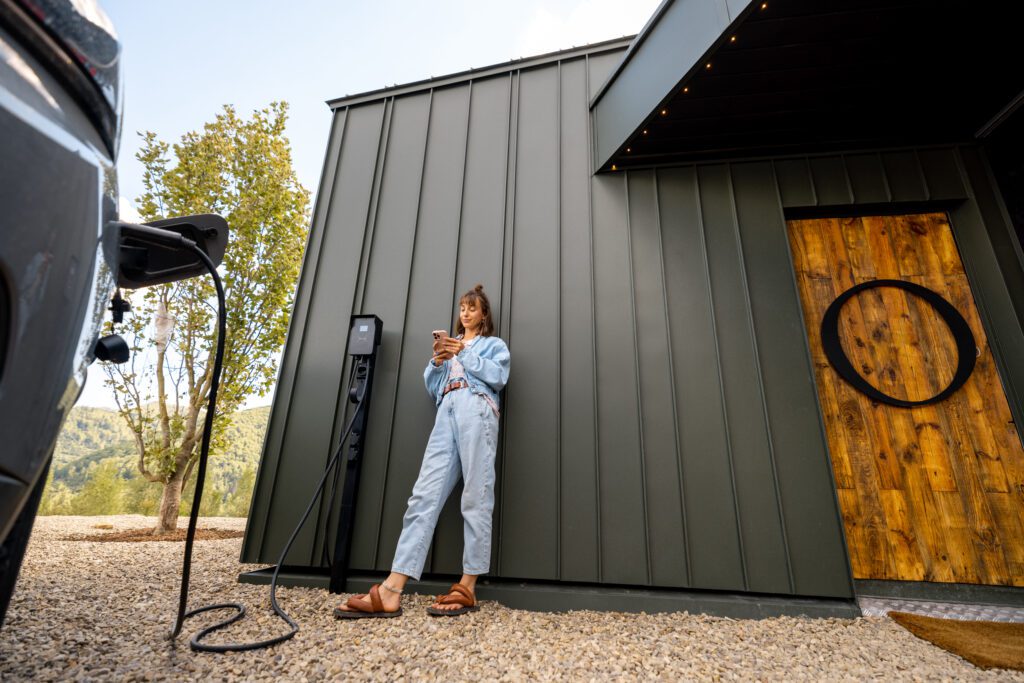
Pros & Cons of Metal Siding
Pros:
Durability: Expect metal siding to last 40-60 years or more. Its resilience against harsh weather conditions makes it an excellent long-term investment.
Low Maintenance: Unlike other materials, metal siding doesn’t absorb heat or moisture. This quality makes it resistant to mold and pests while requiring minimal upkeep.
Design Versatility: Whether you prefer board-and-batten styles, sleek metal lap panels, or shingles that mimic traditional wood shakes—metal offers plenty of options to suit your aesthetic taste.
Fire Resistance: Non-combustible properties enhance safety.
Cons:
Cost: Initial installation can be expensive.
Noise Issues: May amplify sounds during rain or hailstorms.
Suitable Home Styles And Climates
Home Styles: From modern homes with clean lines to charming traditional houses mimicking wood or stucco finishes—metal siding can complement any architectural style seamlessly.
Climates: Thanks to its non-porous nature and durability; whether you’re dealing with cold winters up north or hot summers down south—metal is suitable for all climates.
Stucco Siding
Stucco siding brings a unique blend of durability and aesthetic appeal to any home. Made from cement, sand, lime, and water mixed together, stucco offers impressive longevity when applied correctly. It’s common in regions with dry climates due to its ability to withstand harsh weather conditions.
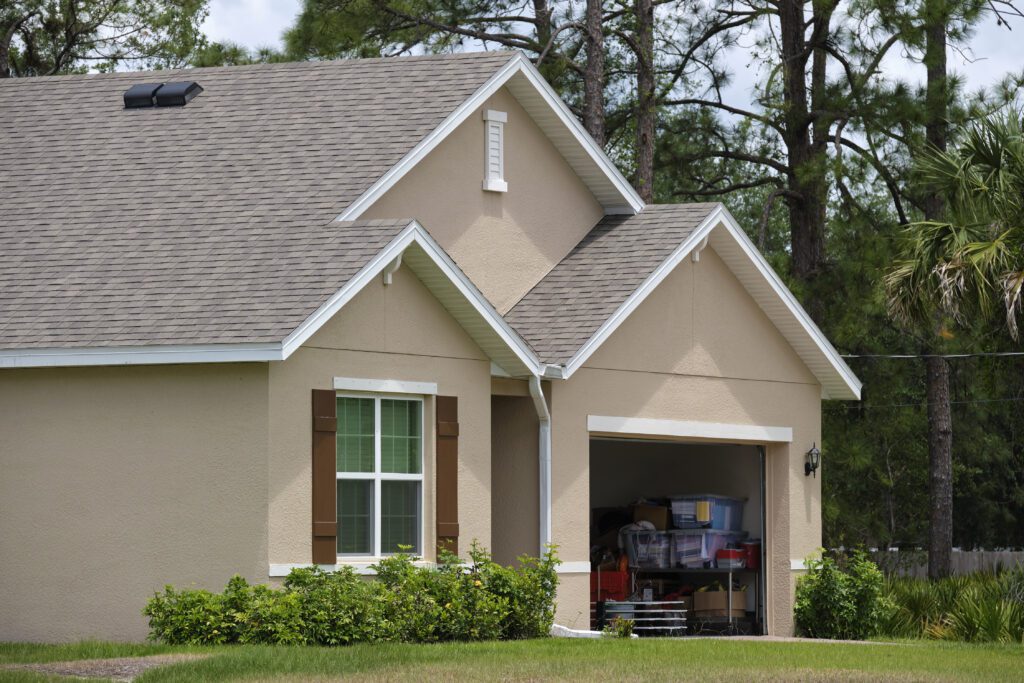
Pros & Cons of Stucco Siding
Pros:
Durability: Withstands harsh weather conditions.
Versatility: Available in various colors and textures.
Fire Resistance: Non-combustible material enhances safety.
Cons:
Cracking Risk: Susceptible to cracks if not applied correctly.
Maintenance Needs: Requires periodic sealing to prevent moisture infiltration.
Best Home Styles And Regional Fit
Stucco works well with various home styles but shines brightest on certain types:
Ranch Style: Ideal for ranch-style homes found in states like Illinois, Michigan, and Ohio where land costs are low.
Spanish Revival: Commonly seen in California, Arizona, and New Mexico this style pairs beautifully with stucco’s earthy texture.
Mediterranean: Popular along the coastlines in Florida and Texas, Mediterranean designs benefit from stucco’s heat-resistant properties.
These examples highlight how regional climate often influences architectural choices making them both practical and aesthetically pleasing when paired correctly with materials like stucco siding.
Brick Siding
Brick siding adds a timeless, classic look to any home. It’s incredibly durable and can last for decades with minimal maintenance. I love how brick‘s natural color doesn’t fade over time like some other materials do.
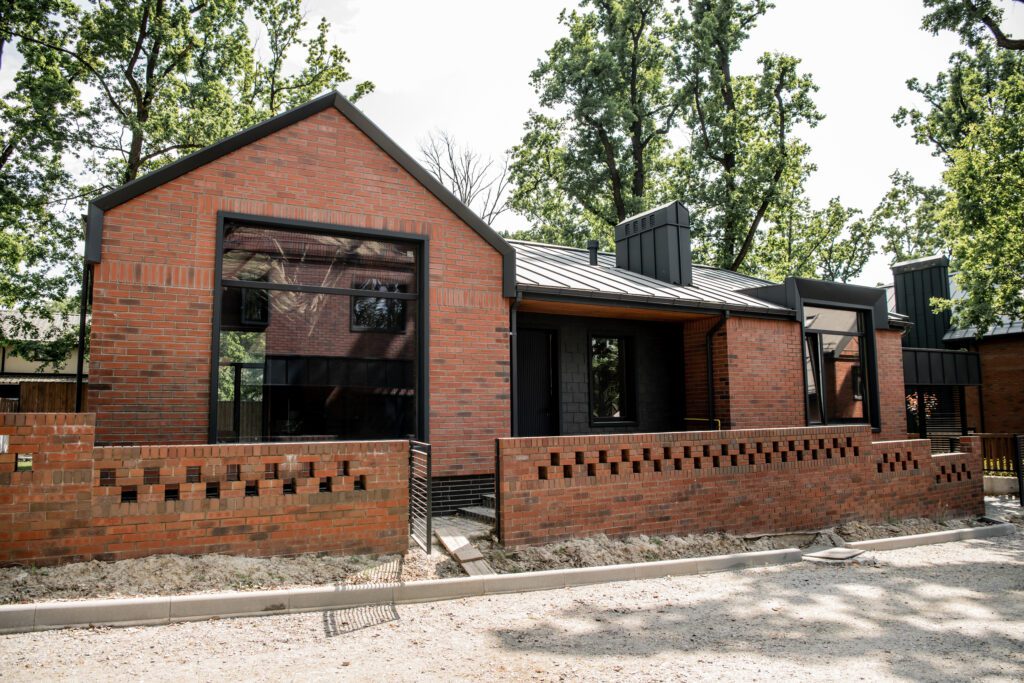
Pros & Cons of Brick Siding
Pros:
Durability: Bricks can last over 100 years with minimal care.
Low Maintenance: Requires little more than occasional cleaning.
Fire Resistance: Provides excellent fire protection due to its non-combustible nature.
Energy Efficiency: Offers good insulation properties which can reduce heating costs.
Cons:
Costly Installation: Initial installation is expensive compared to other sidings.
Limited Color Choices: Mostly available in shades of red, brown, and beige; painting bricks isn’t usually recommended as it traps moisture leading to potential damage.
Ideal Applications And Cost Considerations
Brick siding suits many architectural styles including colonial, Tudor, and ranch homes. It provides excellent insulation properties that can reduce energy costs over time. While the initial cost of brick siding might be higher than vinyl or wood—ranging between $6-$15 per square foot—the long-term benefits like low maintenance requirements make it a valuable investment in your home’s future.
Material | Cost Per Square Foot |
|---|---|
Vinyl | $2 – $7 |
Wood | $3 – $10 |
Fiber Cement | $5 -$13 |
Stone Veneer | $8 -$20 |
Consider this option if you’re looking for an aesthetically pleasing finish that’s also highly functional in terms of thermal efficiency and longevity.
Specialized Siding Options for Unique Fits
Some houses need something extra special. For those unique fits, there are specialized siding options that stand out.
Engineered Wood Siding
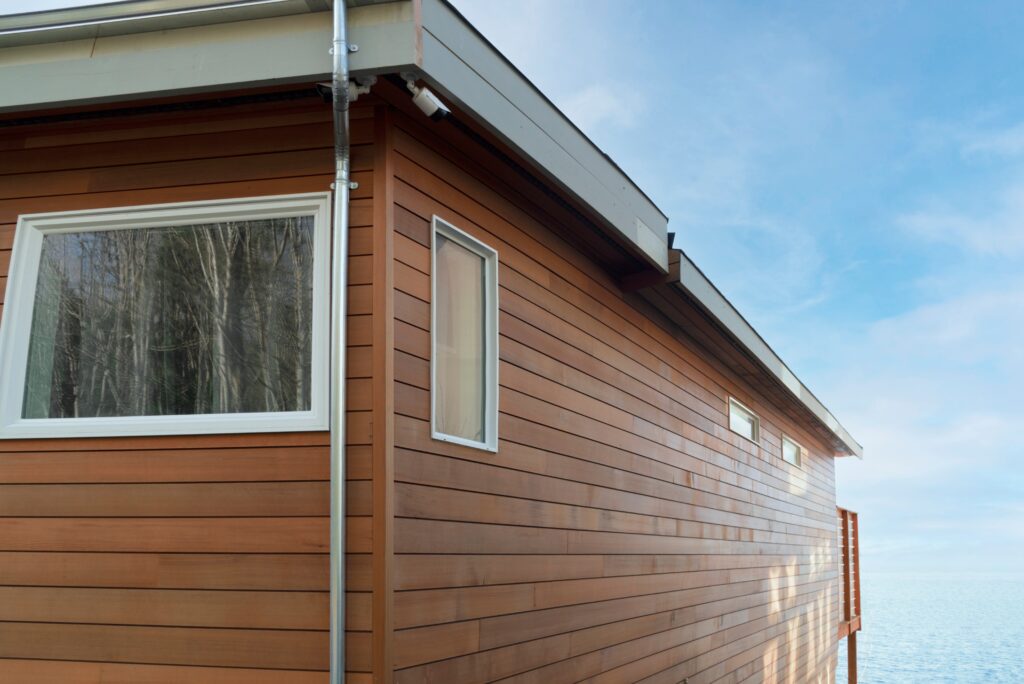
Engineered wood siding blends the natural beauty of wood with enhanced durability. Unlike traditional wood, it’s designed to resist termites and rot better. Imagine your house having a wooden charm without worrying about constant upkeep or weather damage.
This type of siding involves binding together fibers and strands of real wood with resins under high pressure heat. This process makes it stronger than regular timber while retaining its aesthetic appeal—think rustic cabins but more resilient against time’s wear-and-tear.
When installing engineered wood, professionals start by ensuring the wall surface is clean dry smooth then attach panels using corrosion-resistant nails screws staples depending on design preference manufacturer recommendations guidelines always read first! After installation periodic inspections treatments keep looking fresh vibrant just like day one!
Synthetic or Composite Siding
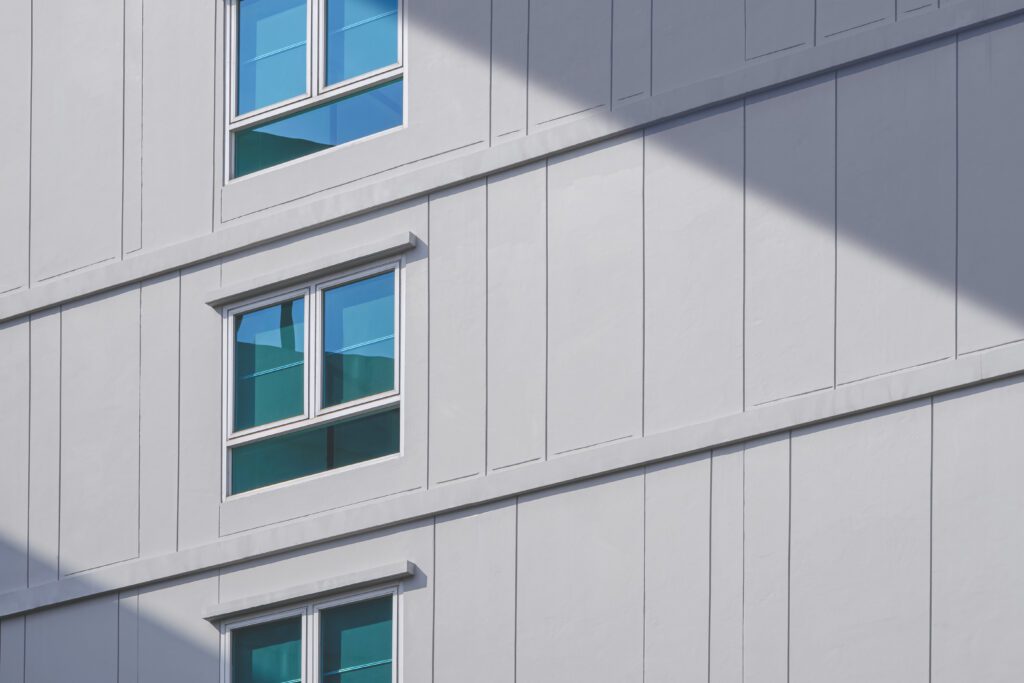
Synthetic composite sidings offer incredible versatility, mimicking almost any material you can think of, such as brick, stone, or even cedar shakes, at lower costs and with lower maintenance requirements. These sidings also boast higher longevity, which homeowners love for the convenience and worry-free living they provide for decades. The final touch of choosing the right fit for your personal style and vision makes the home of your dreams a reality. Isn’t that amazing?
Manufacturers create synthetic composites by combining various materials such as plastic, fiberglass, cement, and binders to achieve the desired look and feel for specific environments. These composites are perfect for areas prone to extreme conditions like salt air, humidity, and drastic temperature changes. They are also an excellent option for eco-conscious consumers, as they are often made from recycled content, reducing the overall carbon footprint and contributing to a greener planet. Sustainable life choices, even simple everyday decisions, can make a big difference on a global scale. Who knew it could be fun, exciting, and rewarding all at the same time? Talk about a win-win scenario!
Choosing the Right Siding for Your Home
Selecting the right siding can make a huge difference in your home’s appearance and durability. I’ll break down what you need to consider.
Assessing Your Home’s Architectural Style
First, think about your home’s architectural style. Different sidings complement different styles:
Colonial: Clapboard or shingle siding looks classic.
Modern: Smooth fiber cement panels offer sleek lines.
Craftsman: Natural wood or fiber cement mimics traditional aesthetics.
Matching the siding with architecture enhances curb appeal and maintains historical accuracy.
Evaluating Your Climate and Environment
Your local climate significantly impacts siding performance:
Cold Climates (e.g., Minnesota): Insulated vinyl helps retain heat.
Hot Climates (e.g., Arizona): Stucco resists heat absorption well.
Humid Regions (e.g., Florida): Fiber cement withstands moisture better than wood.
Consider environmental factors like salt exposure near coasts that might necessitate corrosion-resistant materials like aluminum or steel.
Considering Maintenance and Durability
Maintenance needs vary by material:
Wood requires regular painting/staining every 3–5 years but offers natural beauty unmatched by synthetic options.
Vinyl is low-maintenance; occasional washing keeps it looking new without needing repainting.
Fiber Cement provides high durability against rot/insects with minimal upkeep beyond periodic cleaning/inspection once yearly
Brick boasts exceptional longevity—decades of service life—with virtually no maintenance aside from repointing mortar joints when necessary every few decades if needed at all!
Siding Installation and Maintenance
Siding plays a crucial role in protecting your home while adding to its aesthetic appeal. Proper installation and maintenance ensure that siding lasts longer, performs better, and looks great.
Hiring a Professional vs. DIY
Deciding whether to hire a professional or tackle the job yourself depends on several factors like skill level, tools available, and time commitment. Professionals bring experience; they know how to handle unexpected issues that arise during installation. They also come equipped with specialized tools ensuring precision work—minimizing future problems related to improper fitting or sealing.
On the other hand, if you’re handy with tools and enjoy tackling home improvement projects, doing it yourself could save money but be ready for significant time investment especially if it’s your first attempt at installing siding.
Maintenance Tips for Different Siding Materials
Maintaining your home’s siding keeps it looking fresh while extending its lifespan:
Vinyl: Clean vinyl annually using mild soap mixed with water applied via soft-bristle brush.
Wood: Regularly inspect wood sidings (e.g., cedar) every few months checking cracks/splits which may lead moisture damage then repaint/re-stain as needed typically once per 3–5 years depending climate conditions impacting wear tear over period.
Fiber Cement: Inspect fiber cement panels semi-annually, focusing on any potential caulking gaps that need resealing. This prevents possible water infiltration behind the boards, which can cause structural damage over time. Promptly replacing damaged panels ensures continued protection against the elements and other outside forces. Fiber cement panels remain a durable, long-term solution that requires little maintenance beyond occasional cleaning, as previously mentioned.
Signs Your Siding Needs Repair or Replacement
Identifying issues early can save you from costly repairs later. Look out for:
Cracks And Gaps: Cracked or gapped siding lets moisture seep in, leading to mold growth.
Warping Or Buckling: Warped panels indicate underlying water damage that compromises structural integrity.
Fading Color: Significant fading shows UV degradation which reduces protection against weather elements.
Peeling Paint Or Wallpaper Inside The House: This often signals water infiltration through damaged exterior siding.
Conclusion
Choosing the right siding for your home isn’t just about aesthetics. It’s also about durability, maintenance needs, and how well it fits with your home’s architectural style and climate. Whether you opt for traditional options like vinyl or wood or explore specialized choices such as engineered wood or composite materials each comes with its own set of benefits.
Proper installation is crucial in protecting your home from external elements while enhancing its curb appeal. Regular upkeep can significantly extend the lifespan of any siding material ensuring a worry-free living space.
Signs that indicate it’s time to repair or replace your siding shouldn’t be ignored. Cracks warping fading color and peeling paint inside could signal underlying issues needing immediate attention. By making informed decisions you’re investing not only in the look but also in the longevity and performance of one of your most significant assets -your home-
Frequently Asked Questions
What are the most common types of traditional siding?
Traditional types of siding include vinyl, wood, fiber cement, and stucco. Each has unique features: vinyl is cost-effective and low-maintenance; wood offers natural beauty but requires more upkeep; fiber cement provides durability with a look similar to wood; stucco is long-lasting and energy-efficient.
How durable is brick siding compared to other materials?
Brick siding stands out for its exceptional longevity and minimal maintenance needs. Unlike some other materials that may require frequent upkeep or replacement over time, brick can last decades without significant wear.
What makes engineered wood siding a good option?
Engineered wood siding combines the aesthetic appeal of real wood with enhanced durability against termites and rot. It’s an excellent choice for homeowners wanting both beauty and resilience in their home exterior.
Why should I consider synthetic or composite siding?
Synthetic or composite sidings offer versatility by mimicking various materials at lower costs while providing higher longevity. They’re also eco-friendly options appealing to environmentally conscious consumers looking for sustainable building solutions.
How important is it to match my home's architectural style when choosing new siding?
Matching your home’s architectural style enhances curb appeal significantly. Choosing appropriate material based on architecture ensures cohesive design aesthetics which can increase property value as well as neighborhood harmony.
Should climate influence my choice of house siding material?
Yes, selecting suitable house sidings based on local climate conditions ensures optimal performance and longer lifespan—materials like fiber cement handle harsh weather better whereas others might be suited only for milder climates due their inherent properties such sensitivity heat moisture etcetera
Is professional installation necessary if I'm handy with DIY projects?
While experienced DIYers may tackle simple installations hiring professionals generally recommended complex jobs requiring precision skills especially considering warranties often voided improper application Additionally pros ensure compliance codes regulations safeguarding investment
HOME VISUALIZER TOOL
Still Imagining? Start Designing.
Visualize your home — for free. Instantly explore siding styles, colors, and renovations with just one photo. No forms. No pressure. Just results.
